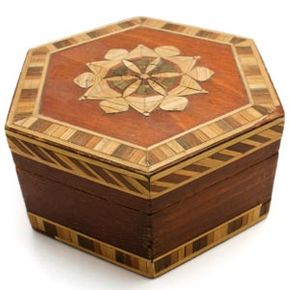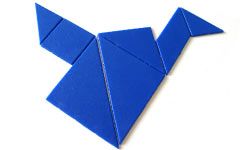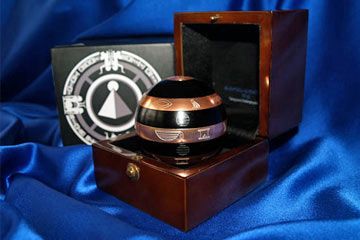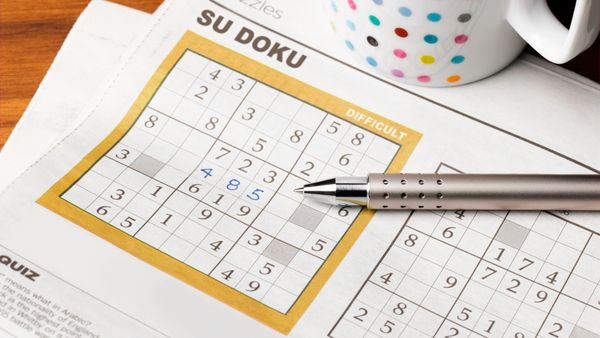Puzzle boxes are decorative wooden boxes that can only be opened through a series of often-complicated moves, including sliding, unlocking, lifting and pressing. Some boxes only require one or two such moves to open, while the most complicated have more than 100. Many times a key is hidden within the box and used at a certain point in the process to unlock another section or for the final opening.
If you're able to open a puzzle box, it often contains a small gift or good luck charm in a secret compartment, which is usually lined with velvet. It's actually the secret compartment that you're seeking; merely opening the box isn't the only goal.
Advertisement
While puzzle boxes are often square or rectangular in shape, some styles are fashioned into items such as a tooth, pineapple, heart or house. Puzzle box banks, which come with a money slot, are also somewhat common. If you have a puzzle box bank, you can usually deposit your coins easily but can only withdraw them if you know how to open it. In one Japanese version, you have to deposit a certain number of coins before the bank will open, even if you know the necessary set of moves [source: Puzzle Box World].
Typically, new puzzle boxes come with a difficulty rating -- for example, beginner, intermediate and advanced -- or tell you how many steps it takes to open them. Most boxes also include instructions, but some retailers let you opt out of receiving them and will email the opening sequence to you later, if necessary [source: Net Shop UK].
Puzzle boxes originated in Japan but are made all over the world today, especially in Costa Rica, Poland, Turkey, Vietnam, and, of course, Japan. American puzzle boxes are characterized by their various locking mechanisms, which can be made using pins, magnets, gravity and inertia. Unfortunately, there aren't many traditional puzzle box artisans anymore. On a positive note, people are beginning to collect puzzle boxes, and a new generation of talented craftsmen is emerging [source: Japanese Puzzle Boxes].
On the next page, learn about how puzzle boxes were first created.
Advertisement















